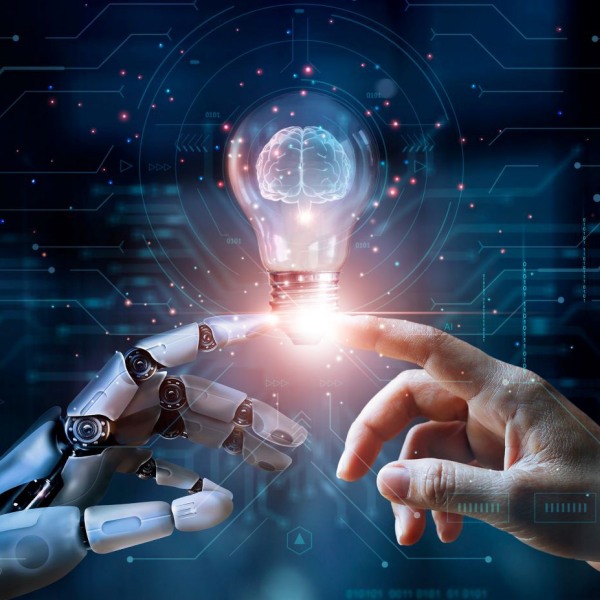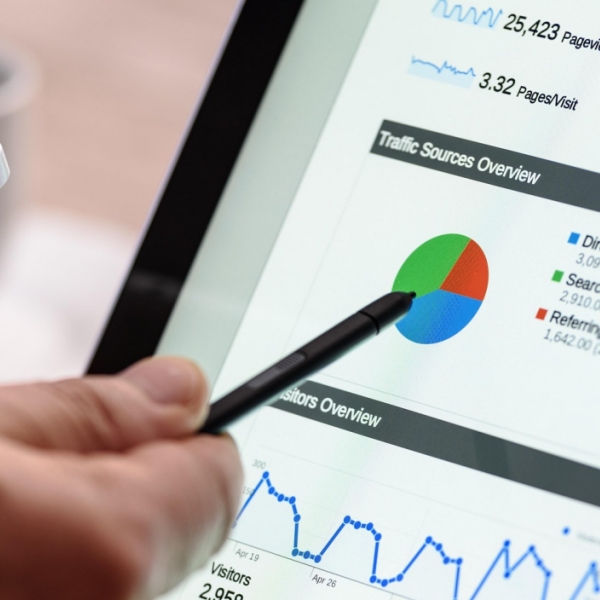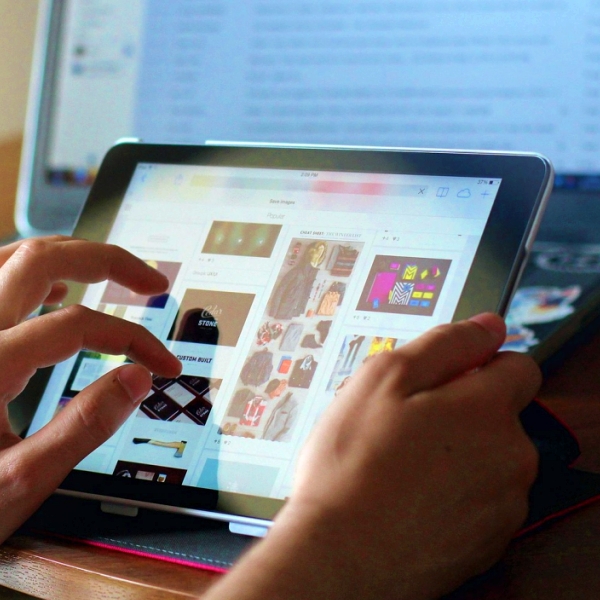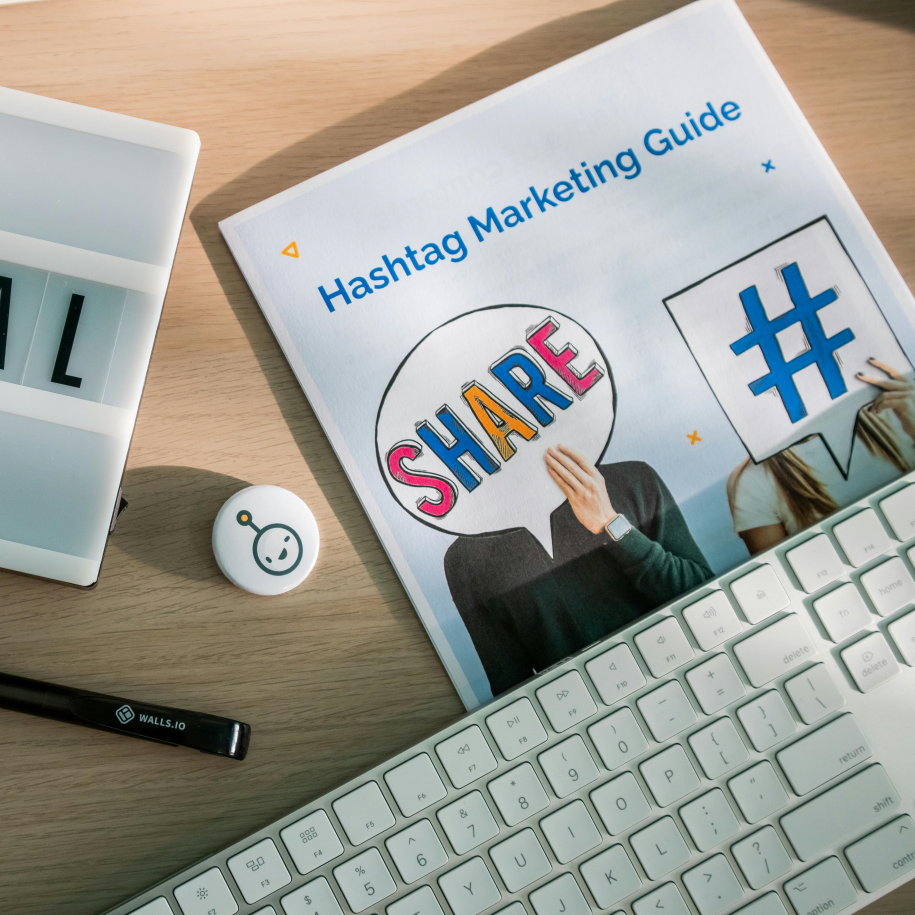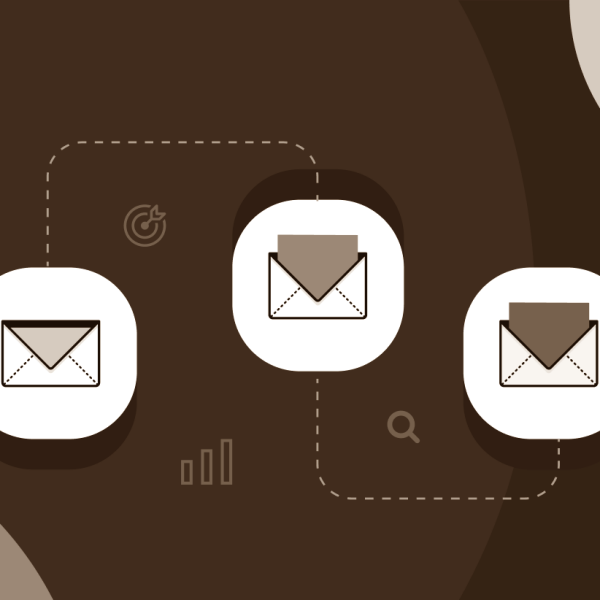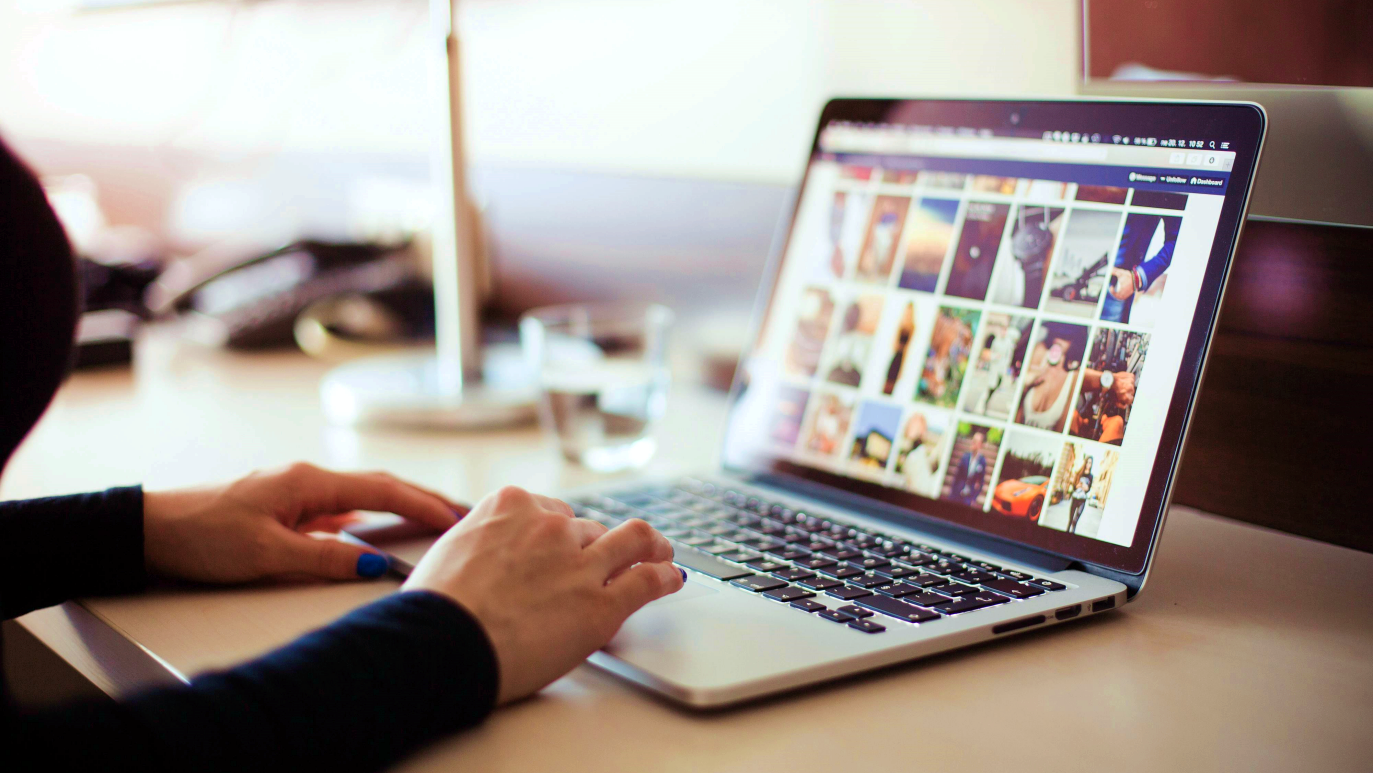
AI-generated visuals have rapidly become a go-to resource for content creators, marketers, and publishers looking to scale digital design efficiently. From stunning social media graphics to article headers and website visuals, the ability to produce customized images in seconds has changed the creative workflow. But can you use AI-generated images for public media, and if so, how?
As organizations navigate new technology, the lines between innovation, legality, and ethics can blur. In this blog, we’ll break down what businesses need to know when using AI-generated images across digital channels. Noble House Media offers insights grounded in real-world marketing strategy and content expertise.
What Are AI-Generated Images and How Are They Created?
AI-generated images are visual assets created entirely by artificial intelligence, using advanced algorithms that mimic human creativity. These tools analyze vast datasets of existing artwork, photographs, and visual styles to learn patterns, shapes, and design techniques. Popular platforms like MidJourney, DALL·E, and Stable Diffusion use this data to generate unique images based on user-provided text prompts.
Unlike traditional graphic design or photography, AI image generators rely on machine learning and neural networks. When a user enters a descriptive phrase—like “a futuristic city skyline at dusk”—the AI interprets that prompt and produces a visual interpretation, often in seconds.
The advantages are clear: AI-generated visuals offer a fast, cost-effective alternative to custom artwork or stock photography. They’re highly customizable and can be created at scale, making them ideal for marketers, publishers, and web developers looking to enhance their content without hiring a full design team.
As these tools continue to evolve, they’re opening new possibilities for visual storytelling, branding, and digital design. But they also introduce new questions around quality, ownership, and ethical use, especially in public media, where trust and credibility matter. Understanding how these images are created is the first step toward using them wisely.
Where Public Media and AI Images Collide
Public media spans a wide range of content types, from news articles and blog posts to educational materials, nonprofit communications, and public-facing websites. In all of these areas, visuals play a major role in enhancing storytelling, improving accessibility, and driving engagement. That’s where AI-generated images come in.
With tools like DALL·E and MidJourney, content creators can quickly generate custom images that fit a specific theme, style, or tone, without relying on stock photo libraries or custom photography. These AI tools offer new creative flexibility and a faster way to meet the demand for visual assets, especially for time-sensitive content or recurring campaigns.
In marketing and content development, teams use AI-generated visuals for everything from featured blog images and social media graphics to banner ads and infographics. The appeal is clear: AI can produce on-brand imagery that supports a message in just minutes.
However, the convenience of these tools also raises questions about when and where these images are appropriate in public-facing media. As the technology evolves, so do the expectations around transparency, ethics, and proper use, particularly when the content informs or influences the public. Striking the right balance is key to using AI-generated images responsibly and effectively.
The Legal Landscape: Copyright and Commercial Use
The biggest gray area surrounding the question, can you use AI-generated images for public media, lies in copyright and commercial use. Unlike traditional photography or design work created by a human, AI-generated images are produced through algorithms trained on massive data sets, often sourced from existing art, photography, and online visuals. This raises key legal and ethical questions about ownership.
Currently, U.S. copyright law doesn’t recognize content generated without human authorship as eligible for copyright protection. In a landmark decision, the U.S. Copyright Office reaffirmed that works created entirely by artificial intelligence are not eligible for copyright registration, emphasizing that copyright is intended to protect “the fruits of intellectual labor” grounded in human creativity (U.S. Copyright Office, 2023).
Many popular AI platforms have terms of service that outline how users can utilize generated content. Some grant full commercial rights; others require specific licensing or limit redistribution. It’s critical to review these terms before using AI-generated visuals in public-facing materials.
In addition, the training data behind AI tools may include copyrighted works, which opens another layer of risk, especially if an AI image closely resembles a known artist’s style or a real person.
When using AI-generated images in websites, articles, or social media—especially in commercial or branded contexts—it’s wise to treat them with caution. Until legal standards catch up, it’s best to assume these images require the same scrutiny and due diligence as any other content asset in public media.
When and Where It’s Okay to Use AI-Generated Images
AI-generated visuals can offer incredible value—if they’re used in the right context. As more content creators and marketers lean into generative tools, understanding where these images fit (and where they don’t) is essential for maintaining credibility, legal safety, and audience trust.
Here are some best practices for using AI-generated images in public media:
- Use for social media posts and blog illustrations where the image is decorative or conceptual, not factual.
- Avoid using AI visuals in news reporting or educational content unless clearly labeled. Accuracy and transparency are vital in journalism and academia.
- Check the licensing terms of the AI platform you’re using. Many platforms restrict commercial use or require proper attribution depending on the tool.
- Don’t use AI-generated likenesses of real people, brands, or public figures without express permission. This can lead to misrepresentation or legal complications.
- Disclose the use of AI-generated imagery when appropriate, especially in contexts where the visual could influence interpretation or understanding.
- Pair AI with human oversight. While AI can assist with fast ideation or bulk content, a design professional can help refine visuals and maintain brand consistency.
- Avoid reinforcing bias or misinformation. Since AI tools are trained on vast datasets, they can unintentionally reflect skewed or outdated perspectives.
The key is to use AI-generated images thoughtfully—balancing convenience with responsibility. In digital publishing, marketing campaigns, or web design projects, AI should be a complement to creativity, not a shortcut for quality.
For businesses ready to integrate visual content in a smart, strategic way, Noble House Media’s digital marketing services offer a balanced approach that combines technological innovation with expert oversight.
Use AI-Marketing Tools to Boost Your Business with Noble House Media
Using AI-generated images for public media opens exciting possibilities for scaling content, enhancing visuals, and cutting production costs. However, the legal and ethical gray areas mean creators must tread carefully. When used responsibly—with transparency, appropriate licensing, and thoughtful intent—AI visuals can complement digital strategies without compromising trust.
Noble House Media knows when and how to use these tools effectively, so you don’t have to. Contact Noble House Media today to learn more about our services and how we can help your business thrive.


